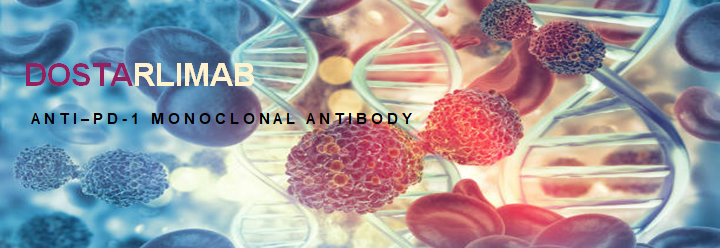According to New York Times, in a small clinical trial, 18 patients took a drug called Dostarlimab for around six months, and in the end, every one of them saw their tumours disappear.
The findings concerning dostarlimab, an antibody drug, in experimental treatment of rectal cancer patients is very encouraging but there is need for long-term studies to understand the real impact, an expert in cancer treatment has said. “This new trial at MSKCC in a small number of patients, with locally advanced rectal cancer patients who had MMR (MisMatch repair) deficiency, have shown total disappearance of tumor without any additional treatment in all 100 percent of them. This is very encouraging, but we must note that long term studies are required to understand the real impact,” Dr. (Col.) R. Ranga Rao, Chairman, Oncology, of Paras Hospitals in Gurugram said.
“The drug is still investigational, and the trial is limited to patients of a specific type , that constitute about 4 to 5 per cent of rectal cancers. While this is highly encouraging, we must not prematurely jump to conclusions that we have found a cure for all cancers, all stages, and no chemotherapy, surgery is ever required,” he added.
It is well recognized that Immunotherapy with PDL 1 blockers in MMRd patients is effective. “Already immunotherapy has made a big difference in the field of cancer of all types. Several earlier trials have shown encouraging responses,” Dr Rao said.
In what appears to be a miracle and ‘first time in history’, a small clinical trial has found that every single rectal cancer patient who received an experimental treatment found that their cancer had vanished.
Dr Luis A. Diaz J. of New York’s Memorial Sloan Kettering Cancer Center (MSKCC) said this was “the first time this has happened in the history of cancer”.
According to experts, Dostarlimab is a drug with laboratory-produced molecules, and it acts as substitute antibodies in the human body.
Overall, dostarlimab shows tremendous promise for the treatment of surgically resectable rectal cancer and may change the current treatment landscape drastically.
The floating traffic jams off ports. The multiplying costs of moving freight. The resulting shortages of goods. All of this had seemed like an unpleasant memory confined to the COVID-19 pandemic. But no such luck!
An ocean container capacity crunch has hit global trade just as peak shipping season starts, with freight spot rates up some 30% over the past few weeks and heading higher.
The first joint Europe-wide assessment of the drivers and impact of chemical pollution by the European Environment Agency (EEA) and the European Chemicals Agency (ECHA) has concluded that, despite progress in some areas, “more work is still needed to reduce the impact of harmful substances on human health and the environment”. Key findings include:
The severe drought which has forced the Panama Canal, one of the world’s busiest trade passages, to limit daily crossings could impact global supply chains during a period of high demand.
In the early hours of March 26, the Singapore-flagged ship Dali, loaded with 5,000 containers, slammed into Baltimore’s Francis Scott Key Bridge, causing the 1.6-mile (2.5-kilometer) bridge to collapse in a matter of seconds. The Dali was departing for Colombo when the disaster struck. Initial fears were confirmed that half a dozen people lost their lives in the accident.
The pharmaceutical and biotechnology industries constantly seek innovative methods to enhance product stability, solubility, bioavailability and ease of use. Within this realm, CDMOs [Contract Development & Manufacturing Organizations] serve as invaluable partners in the development and production of high-quality drug products.
Chinese New Year 2024 is upon us, disrupting logistics from Asia starting Feb 10th. This event is expected to impact global shipping until Feb 21. Freight rates from Asia has skyrocketed with rates to the US surging by 3.5X and Europe by 6X.
Amid ongoing Red Sea diversions by shipping giants like Maersk, CMA, logistics managers are globally confronting a dual challenge of escalating ocean and air freight prices alongside cargo disruptions due to
Why will CM be the next generation on quality?
